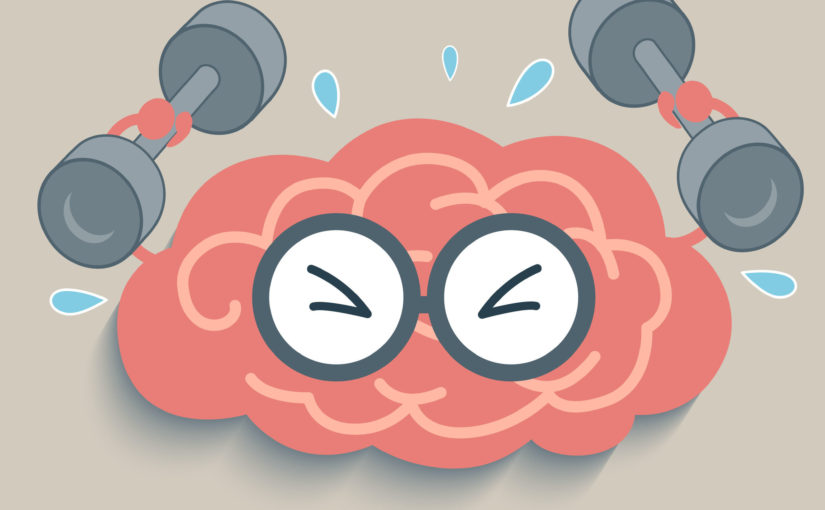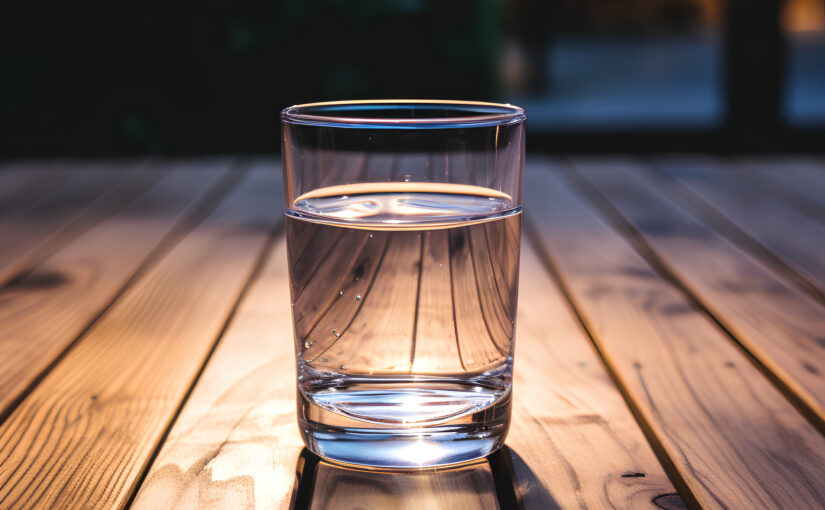
Environmental Toxins: The Elephant in the Room
Posted March 2nd, 2018
Doctors report shocking increase in cases of toxic exposure. Here’s why and how to keep these nasty culprits from wrecking your health.
As author Chris Kresser writes, “Toxins from our environment are ubiquitous and almost impossible to avoid. But, if you are taking steps to limit your exposure, should you be worried about the low levels that are still undoubtedly in our system?”
As a physician and health doctor, I could not agree more. If you eat food, drink water, breathe air or apply cosmetics to your body, you are exposing yourself to toxins. Common exposures include:
- Health and beauty aids
- Pesticides and herbicides
- Industrial pollutants
- Molds
- Preservatives
- Fuels and solvents
- Plastics and cookware
There is no denying it. The Environmental Working Group reports that the average person carries 91 toxic chemicals in his or her body. Worse yet, a growing body of research indicates that chronic low doses of many toxins can be very harmful. Here are a few examples:
Low levels of Mercury, Lead, and Aluminum are linked to an increase in Alzheimer’s risk.
Bisphenol A (BPA), plastics, Polychlorinated Bisphenols (PCB’s), dioxins, and some pesticides are endocrine disruptors causing hormonal havoc, i.e. increased breast cancer risk and decreased fertility rate.
Industrial chemicals are known to cause and increase frequency of neurodevelopmental diseases and disabilities in children, including autism, attention-deficit disorder (A.D.D.), dyslexia, and cognitive impairment.
In particular, women are more susceptible to toxins than men. Researchers at the Institute for Health and Consumer Protection discovered a significant sex related difference in the way women detox through their livers, making them overall more sensitive.
What to do?
- Limit toxins within your control, i.e., cookware, foods, cosmetics, indoor mold growth, plastics (food containers, etc.), household pesticides.
- Improve nutrition.
- Boost gut and liver health through supplementation, i.e., milk thistle, probiotics, etc.
- Genetics and Epigenetics ~ Run genetics testing. Everyone’s body is unique in the ability to clear out toxins or not.
SOURCE: At The Renewal Point, we always begin with testing. This allows us to determine the type and amount of toxin present so that we are targeting the problem with the correct therapy. We also work together with our patients to help deter – mine where the environmental toxin could be coming from — home, work, food, etc. With over 15 years of experience in toxin elimination and a Board Certification in Integrative Medicine, Dr. Watts has helped hundreds of patients overcome toxic burden.
References:
1. C. Exley, T. Vickers. Elevated brain aluminum and early onset Alzheimer’s disease in an individual occupationally exposed to aluminum: a case report. Exley and Vickers Journal of Medical Case Reports 2014, 8:41 www.jmedicalcasereports.com/content/8/1/41.
2. Philippe Grandjean, Phillip J. Landrigan. Neurobehavioural effects of developmental toxicity. www.thelancet.com/neurology Vol 13 March 2014.
3. Milena Mennecozzi, Brigitte Landesmann, Taina Palosaari, Georgina Harris, Maurice Whelan. Sex Differences in Liver Toxicity—Do Female and Male Human Primary Hepatocytes React Differently to Toxicants In Vitro? Pub Med: PLoS One. 2015; 10(4): e0122786. Published online 2015 Apr 7. doi: 10.1371/journal.pone.0122786.
4. Vahter M, Akesson A, Lidén C, Ceccatelli S, Berglund M. Gender differences in the disposition and toxicity of metals. Pub Med: Environ Res. 2007 May;104(1):85-95. Epub 2006 Sep 22.
5. E. J. Calabrese. Editorial: Sex Differences in Susceptibility to Toxic Industrial Chemicals. British Journal of Industrial Medicine Vol. 43, No. 9 (Sep., 1986), pp. 577-579.




